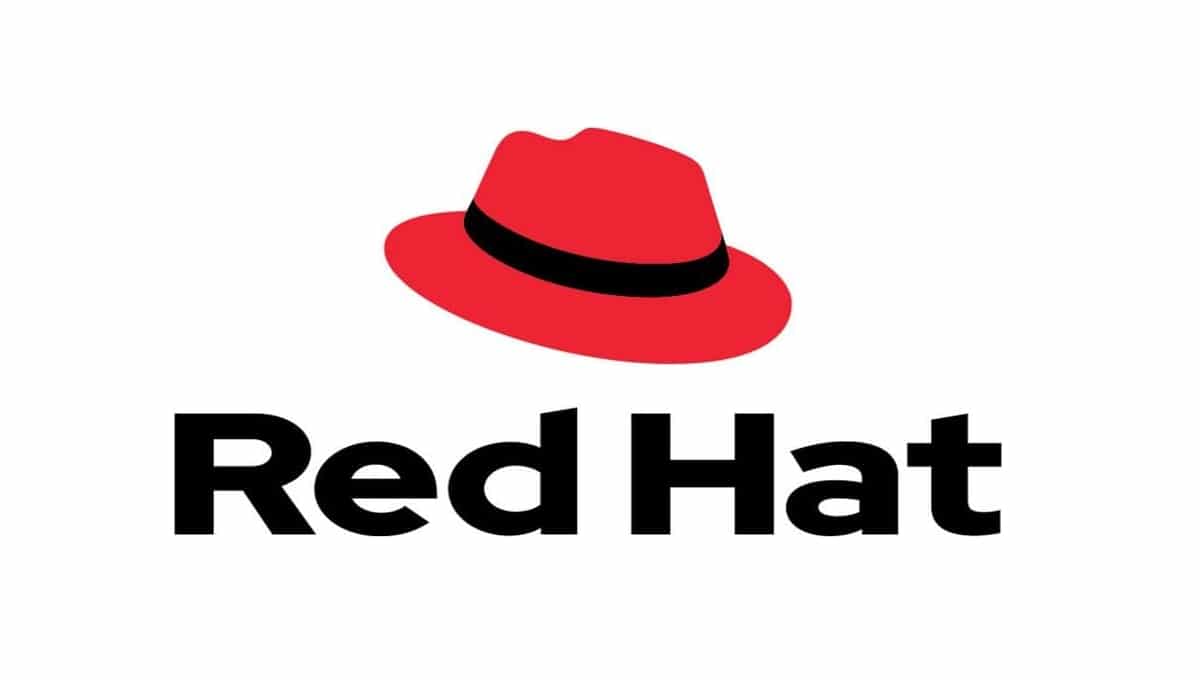
During the last weeks the issue of changes made by Red Hat on CentOS has been discussed, especially about the change from CentOS to CentOS stream and with which also "New alternatives to CentOS" have begun to emerge.
And is that one of the most important is the birth of rocky linux, distribution that comes from the hand of the founder of CentOS himself, who as a result of the discussions that took place between him and Red Hat staff about the changes in CentOS, opted to create a new distribution and that above all already has enough support on the part of the community.
Remember that the difference Key to the CentOS Stream build is that the classic CentOS acted as a downstream, that is, it was assembled from ready-made stable RHEL versions and was fully compatible with RHEL packages, and CentOS Stream is positioned as "ascending" for RHEL, that is it will test the packages before including them in RHEL releases.
Such a change will allow the community to participate in RHEL development, control upcoming changes and influence decisions, but it is not suited for those who only need a stable working distribution kit with a long support period.
When we announced our intention to transition to CentOS Stream, we did so with a plan to create new programs to address the use cases traditionally offered by CentOS Linux. Since then, we have gathered feedback from the broad, diverse and vocal CentOS Linux user base and the CentOS Project community.
As for Red Hat, recently they have announced an expansion of its Red Hat Developer program, which defines the free-use areas of your Red Hat Enterprise Linux distribution.
The new options are intended to meet the need for a stable free distribution that arose after the transformation of the CentOS project to CentOS Stream.
Initially, the Red Hat Developer program allowed the use of compilations Red Hat Enterprise Linux standard free of charge to solve the problems that arise during the development process.
Program participants, after registering on developers.redhat.com (indicating their full name, employer, email, phone number and address) and confirming the terms of use, were able to use the distribution by a developer on a physical computer, in a local cloud environment or in a virtual machine in order to create a working environment for software development.
As in the past, we are committed to making the RHEL ecosystem work for as wide a community as possible, be it individuals or organizations looking to run a stable Linux backend.
Use for production deployments, for building end products, for multi-stakeholder testing, or to provide continuous integration systems requires a paid subscription.
These changes disassociate Red Hat Developer from a single developer and allow development teams to use free builds, as well as on server and production deployments of up to 16 systems.
The Red Hat Developer Program now also allows installation in cloud services public such as AWS, Google Cloud Platform, and Microsoft Azure.
It should be noted that the changes will not be limited to this, and additional programs will be offered in the future to cover the need for traditional CentOS.
The free builds are completely identical to those offered for a paid subscription, In addition, they are not limited to a trial period and do not have short functionality, including unlimited access to updates.
There is still a need to create an account to access the program, but now you can connect to the Red Hat portal by linking to accounts on GitHub, Twitter, Facebook, and other sites. The new conditions will take effect no later than February 1.
Finally if you are interested in knowing more about it, Can check the following link.